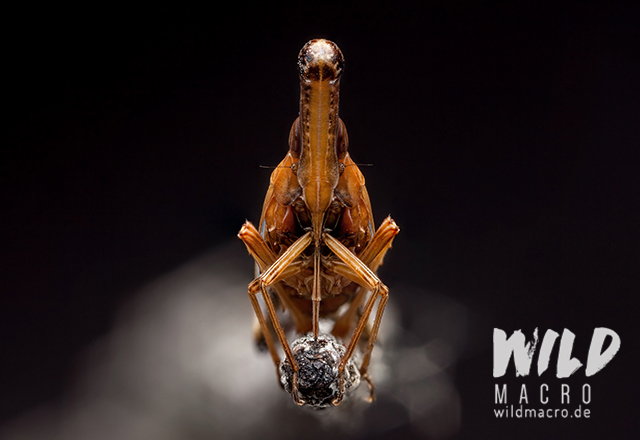19 Nov Diversity – Magnificent creatures of the world
Climate change, the use of pesticides/herbicides and habitat loss threaten a lot of species, Species diversity is declining rapidly and especially the decline of insects is a continuous media topic nowadays.
Photographing these creatures with a focus on those that are not known to a majority of people or not considered ‘beautiful’ in the first place, and showing their beauty has always been my mission and a fascination of mine.
Acceptance and respect towards every living creature is what we should all strive for.
The following selection of photos documents the immense diversity of nature´s wonders and is a spectacle of strange forms, colours and textures..



















No Comments